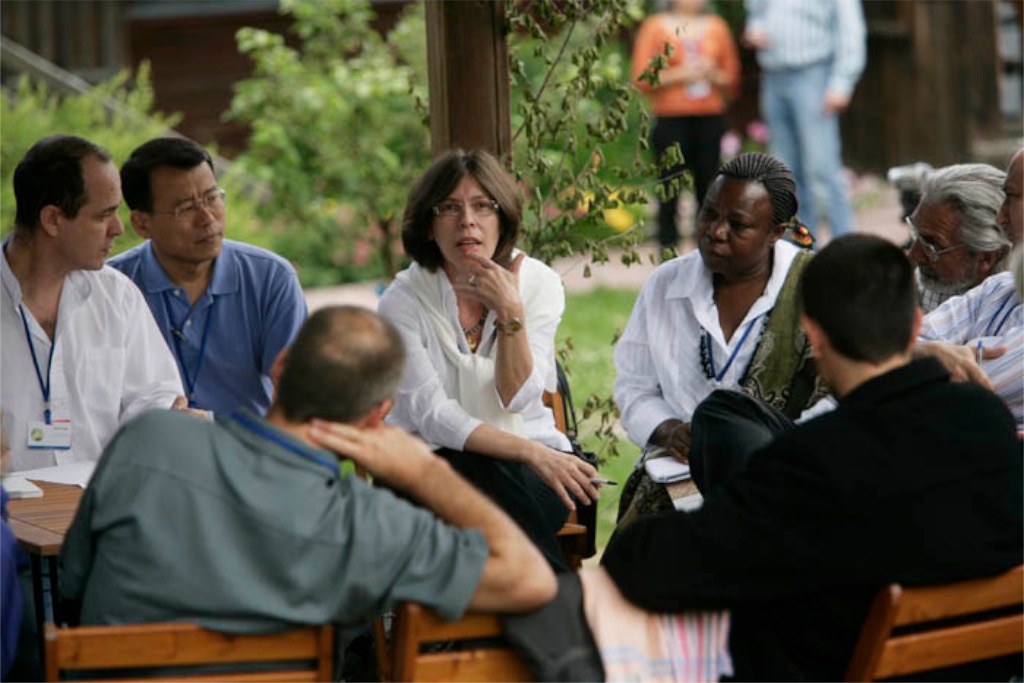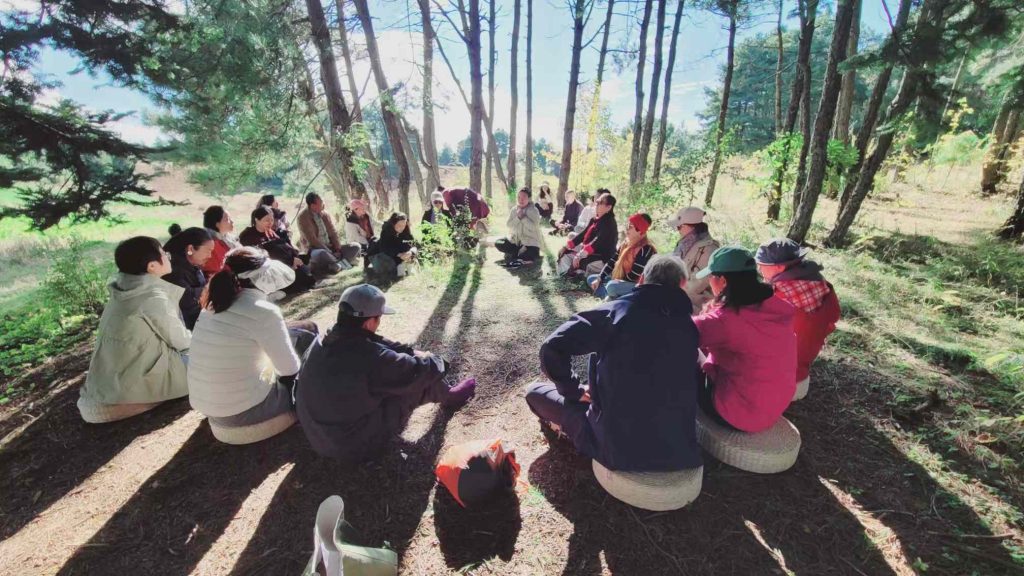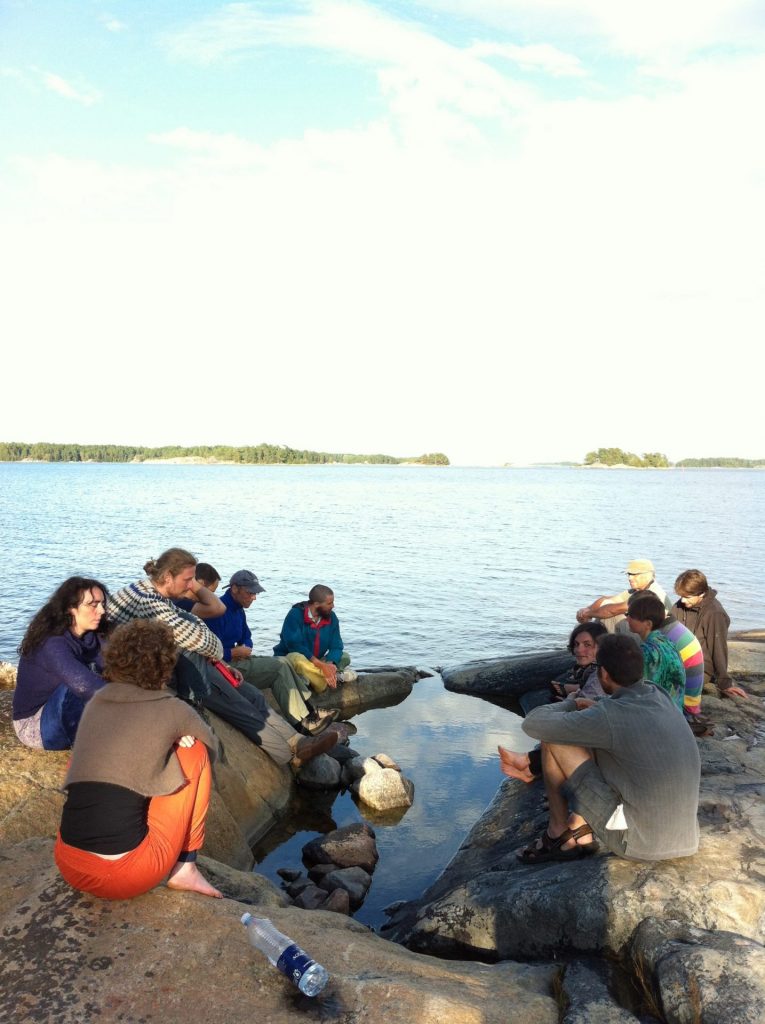The Art of Thinking Together
In his seminal work Dialogue and the Art of Thinking Together, Bill Isaacs presents a pioneering vision of how we might strengthen our capacity to think collectively. His theory invites us to unlock untapped reservoirs of creativity and coherence—both in our workplaces and everyday lives.
Collaborative thinking is no novel invention. It is an ancient, distinctly human capability. It underpins creativity and innovation, offering a relational anchor that fosters belonging, security, and shared identity. Yet, in the turbulence of contemporary life, this capacity often lies dormant, eclipsed by habitual patterns of competition, individualism, or control.

Why Thinking Together?
Meeting a New Reality
Today’s organizations are navigating terrain more volatile than ever before. Globalization, deregulation, rapid technological advancement, and an influx of skilled, creative contributors have radically reshaped the landscape. Traditional strategies no longer suffice.
Convention or Innovation?
As uncertainty looms, there’s a growing temptation to cling to outdated ideas—seeking refuge in familiarity. Yet, this impulse to hold on tight often breeds rigidity, defensiveness, and conflict. Unresolved problems fester, relationships fray, and human potential gets squandered.
Involving Everyone in Shaping the Future
This workshop—and the book that inspires it—rests on a clear conviction: there’s a more generative path forward. Rather than leaving the future to a select few, why not invite everyone into the process? Thinking together taps into an organization’s collective intelligence, unlocking talents, skills, and initiative. It cultivates participation, fosters new relational bonds, and co-creates futures no individual could have imagined.
Useful… or Essential?
Much attention has been given to optimizing efficiency in production, marketing, and logistics. Yet, how we communicate and relate to one another often receives far less care. What if, instead of seeing dialogue as merely useful, we treated it as essential to organizational vitality?

What Makes Dialogue Distinct?
Not all conversations are created equal. Some skim the surface; others spark transformation. Dialogue, in this context, is distinct in several ways:
1. Equality and Respect
Dialogue begins with the recognition of each participant’s unique perspective. Diverse viewpoints are not obstacles; they are the fertile soil of creativity. True dialogue honors complexity and difference as sources of possibility.
2. Empathic Listening
Dialogue thrives on deep listening—what Isaacs calls empathic listening: the capacity to think another’s thoughts and feel their feelings. This level of attunement allows for emotional presence, making space for what often remains unspoken in conventional exchanges.
3. Openness to Assumptions
Every opinion rests on unspoken assumptions about how the world works. Dialogue invites us to surface these assumptions, examine them together, and risk being changed by what we discover.
4. Suspending Judgment
Perhaps the most radical element of dialogue is the suspension of judgment. Rather than defending habitual patterns, participants are asked to hold their assumptions lightly, to listen without premature evaluation, and to remain open to being surprised.
David Bohm, a foundational voice in this field, observed that ingrained thought patterns form a kind of “silent knowledge” that creates walls between people. Dialogue gently dissolves these walls, making space for new forms of understanding to emerge.
Dialogue’s Alchemy: Surprise and Emergence
When true dialogue occurs, something unexpected is born—something none of the participants could have predicted. Like hydrogen and oxygen becoming water, diverse thoughts and emotions can combine into emergent insight—a whole greater than the sum of its parts.

